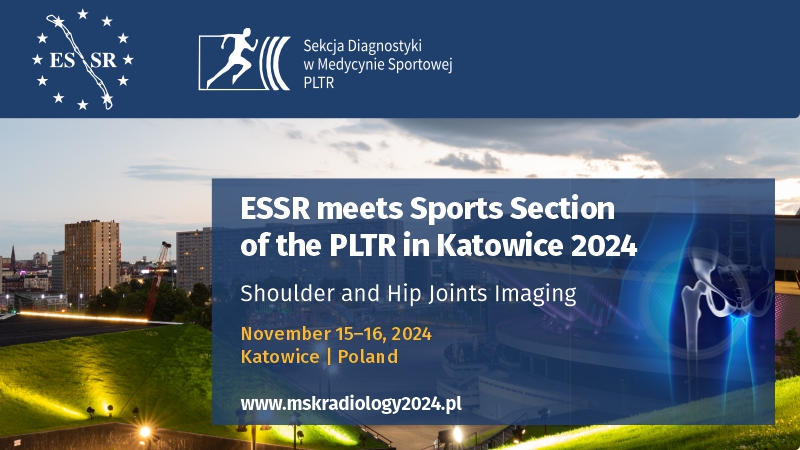2D/3D/4D contrast-enhanced voiding urosonography in the diagnosis and monitoring of treatment of vesicoureteral reflux in children – can it replace voiding cystourethrography?
Magdalena Maria Woźniak1, Agata Pawelec1, Andrzej Paweł Wieczorek1, Maria Małgorzata Zajączkowska2, Halina Borzęcka2, Paweł Nachulewicz3
 Affiliation and address for correspondence
Affiliation and address for correspondenceIntroduction: Vesicoureteral reflux appears in 20–50% of pediatric patients with recurrent urinary tract infections. The most common method of diagnosing this disease is voiding cystourethrography. However, contemporary pediatric radiology does not favor this method due to exposure to X-radiation. Aim: The aim of this study was to assess the usefulness of 2D/3D/4D contrast-enhanced voiding urosonography in the diagnosis and treatment monitoring of vesicoureteral reflux in children and the possibility of using contrast- enhanced voiding urosonography to replace voiding cystourethrography. Material and methods: Voiding cystourethrography and contrast-enhanced voiding urosonography were conducted in 80 pediatric patients in order to assess sensitivity, specificity, positive and negative predictive values as well as the number of vesicoureteral refluxes detected by each of the two methods. The second stage of the study involved performing voiding urosonography in an extended protocol in 58 children in order to determine the usefulness of three-dimensional (3D/4D) examinations in the assessment of vesicoureteral reflux and the ability to assess the urethra. Results: The concordance between the two methods was 86.95%. The sensitivity of voiding urosonography was 84.51%, specificity – 90.99%, positive predictive value – 85.71% and negative predictive value – 90.17%. A 3D/4D assessment of the urinary bladder and transperineal 2D morphological assessment of the urethra were possible in all patients (100%). Assessment of the urethra during micturition with the use of 2D/3D/4D techniques was possible in all patients in whom voiding was elicited (95.83%), and 3D/4D assessment of vesicoureteral reflux was possible in all patients with reflux (100%). Although the application of 3D/4D techniques allowed accurate specification of the grade of reflux in all cases (100%), it appeared particularly useful in differentiating between grades II and III (70.97%). Conclusions: Contrast-enhanced voiding urosonography allows the diagnosis and monitoring of treatment of vesicoureteral reflux in pediatric patients as well as assessment of the urethra in both girls and boys. The method is characterized by high sensitivity and specificity. Moreover, it is safe, relatively inexpensive and can replace voiding cystourethrography.








